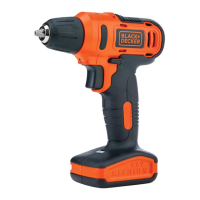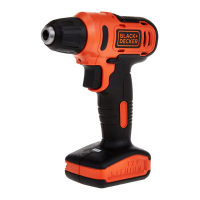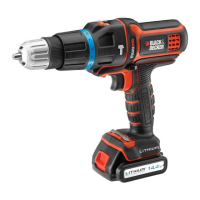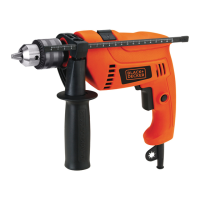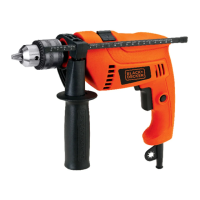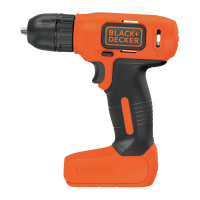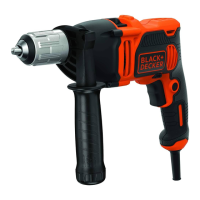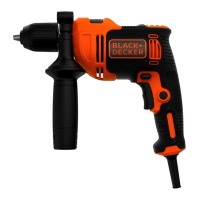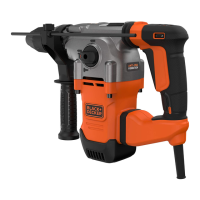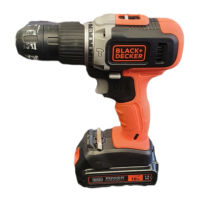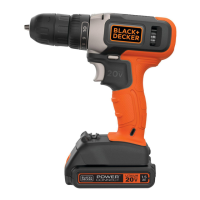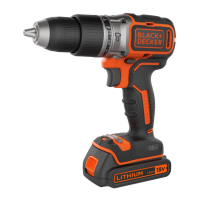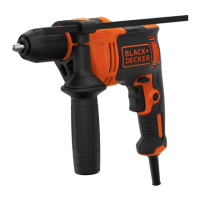What to do if Black+Decker LD12 Drill battery pack will not charge?
- PPatrick SilvaAug 3, 2025
If the Black+Decker Drill's battery pack isn't charging, make sure it's fully inserted into the charger until the green LED appears. Verify the charger is plugged into a working outlet. The surrounding air temperature might be too hot or cold; move the charger and battery to a location where the temperature is above 40°F (4.5°C) or below 105°F (+40.5°C). Also, the battery pack may have reached its maximum thermal limit and needs to cool down.
